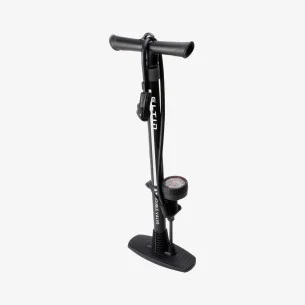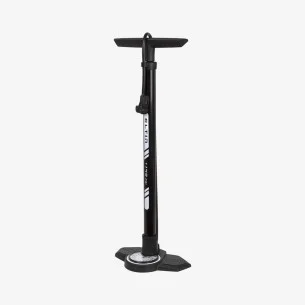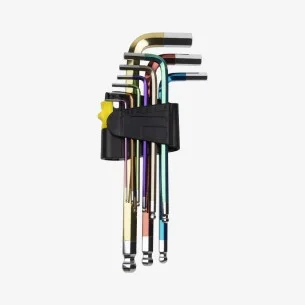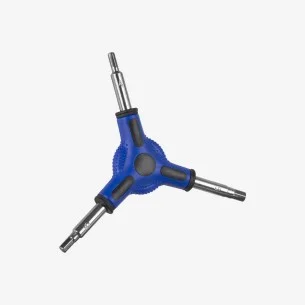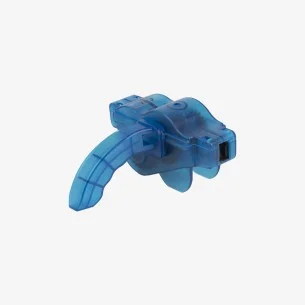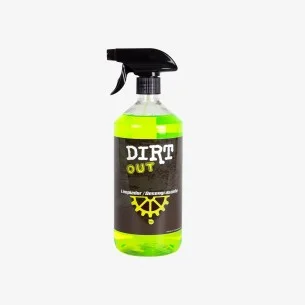These are not minor details: check out these tips to ride with peace of mind and avoid possible accidents.
When we talk about bike safety, many think only of helmets or lights. But there are small details that, although often overlooked, can make a big difference in a critical situation.
From handlebar plugs to the correct adjustment of components, every element counts. It’s not about obsessing, but about always preparing your bike calmly and mindfully.
This article reviews five key points you should check before every ride. You’ll be surprised how easy it is to avoid a scare with a little attention!
5 key bike details that could prevent accidents.Check this before you ride and pedal with more safety.
1. The importance of handlebar plugs
At first glance, it may seem like a simple decoration, but the handlebar plug serves a crucial safety function. Its presence prevents the tube’s end from being exposed, which is especially dangerous since it’s usually metal with sharp edges.
In the event of a fall — something always possible on any ride, even in the city — that edge can become a weapon. Injuries from impalement or deep cuts on the abdomen, legs, or thighs are not theoretical: they have occurred in multiple documented accidents.
Installing a plug and making sure it’s properly secured is a minimal action… but with a high impact.

2. Do not exceed the pressure limit indicated on the rim (nor on the tire)
Many cyclists mistakenly believe that the higher the tire pressure, the better the bike will roll. However, everything has limits, and this isn’t always true since lower pressures are also a good choice — especially in disciplines like MTB and gravel.
Inflating the tires beyond the recommended pressure is not only unnecessary but dangerous. Excess pressure can cause the tire to deform, tear, or even burst, especially on hot days or long descents where temperatures rise. Additionally, on demanding terrain, a tire that’s too hard reduces traction, transmits more vibrations, and worsens control.
What many don’t know is that not only the tire has a pressure limit: the rim does too, usually marked on the rim itself. Exceeding this limit can cause cracks or breaks in the rim, especially if it’s carbon, which is more sensitive to localized stress than aluminum. Constant excessive pressure weakens the material and, in extreme cases, can lead to sudden rim failure or spoke issues.
Respecting the recommended pressure values — for both tire and rim — based on wheel type, rider weight, and terrain, not only improves performance but is a matter of safety and durability. Always follow the manufacturer’s recommendations.

3. Proper torque on key components
Adjusting the bike’s bolts correctly is not about strength but precision. Many cyclists still tighten the seatpost or handlebar stem “by eye,” ignoring the manufacturer’s recommended torque.
This can have serious consequences: over-tightening can crack carbon components or deform aluminum parts. Under-tightening can cause the handlebar or seatpost to move suddenly while riding, risking loss of bike control.
Using a torque wrench isn’t just for professional mechanics: it’s an investment in safety and material durability.

4. Clean and lubricated chain = more safety
A dirty, rusty, or dry chain not only affects pedaling performance but is also a direct safety hazard. The buildup of dust, mud, or grease increases friction, wears down chainrings, cogs, and pulleys faster, and reduces pedaling efficiency.
But the biggest concern is the safety risk during exertion: on a steep climb, a sudden gear change, or a sprint, a poorly maintained chain can skip, jam, or even break abruptly.
When this happens, it often causes a sudden loss of balance that can lead to a serious fall. If it occurs in a curve, descent, or busy street, the consequences can be severe. Additionally, a broken chain can leave you stranded far from home or in the middle of a route with no way to continue.
That’s why checking and maintaining your chain should be part of your weekly routine. Basic cleaning with degreaser and proper lubrication according to terrain type (dry, wet, mixed) is enough to ensure smooth, quiet, and safe operation.

5. Handlebars and sweat: an invisible wear that can be dangerous
The handlebar is one of the most critical components of the bike, yet one of the most underestimated when it comes to maintenance. Over time, continuous exposure to sweat can cause significant damage, especially if it is not properly inspected or protected. On aluminum handlebars, sweat accumulating under the tape or grips can cause internal corrosion, weakening the material without visible signs outside. On carbon handlebars, although there is no corrosion, the acidity of sweat combined with previous impacts or over-tightening can cause cracks or structural fatigue that may lead to unexpected failure.
To prevent this, it is always recommended to wear gloves, which reduce direct sweat transfer, and to periodically replace handlebar tape and grips, as they lose their insulating capacity over time. Additionally, when replacing them, it’s a good opportunity to thoroughly clean and inspect the handlebar’s condition.
This issue is worsened during indoor trainer sessions, where sweat drips directly onto the handlebar without ventilation to evaporate. Therefore, it’s essential to protect the area with a towel or specific cover, and not rely solely on the tape to absorb it all.
A damaged handlebar can fail without warning, and a break in this area during a ride can have serious consequences. If you hear creaks, notice soft spots, or have had a fall, inspect or replace it as soon as possible. Your safety depends on it more than you think.

Essential items you need to follow these safety tips
Pumps with pressure gauge (manometer)
Pumps with a pressure gauge allow you to inflate your tires accurately, avoiding both overinflation and underinflation. This improves safety, grip, and extends the lifespan of both tires and rims.
Track Pumps
Track Pumps
Eltin Track Pump Steel Pro +140 PSI
Track Pumps
Eltin Track Pump Aluminium Pro Red
High-quality torque wrenches and Allen keys
Using quality torque wrenches and Allen keys ensures precise and safe tightening, helping to avoid damage to delicate components like carbon. A good tool also reduces the risk of stripping bolts and makes maintenance easier.
Cleaners, lubricants, and chain tools
Specific cleaners and lubricants keep the chain free from dirt and properly greased, preventing wear and unexpected failures. Combined with the right tools for removal and adjustment, they make maintenance easier and more effective, extending the life of the chain and drivetrain components—while also improving on-bike safety.
Paying attention to these small details can be the difference between a safe ride and an avoidable accident. It's not about being obsessive, but about riding mindfully and keeping your bike in good shape. Checking, adjusting, and caring for key components is part of enjoying cycling with peace of mind.
Want to keep improving your safety and performance on the bike?
Explore more articles on our blog and keep pedalling well informed!


